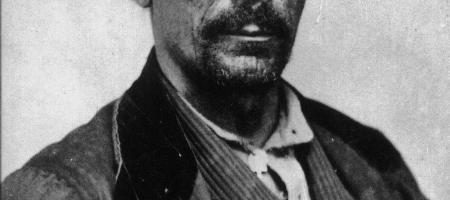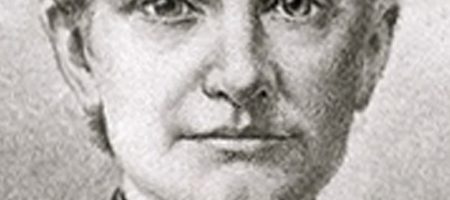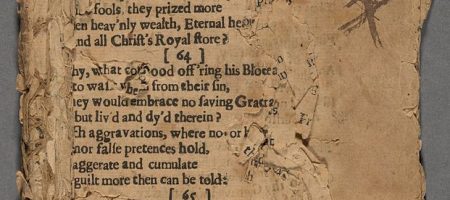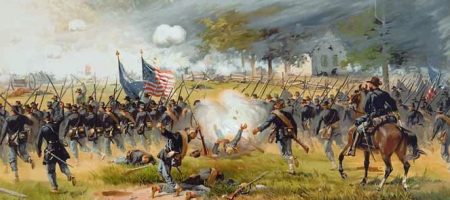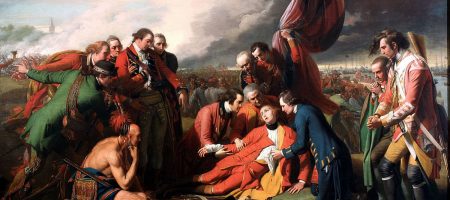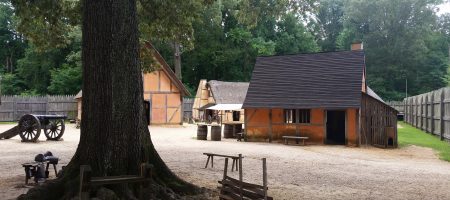The Conestoga Wagon
During the manifest destiny, when many pioneers headed out seeking land free of toil, several different wagons were used to carry as much of their possessions as  possible. One of the largest wagons recorded to being used is the Conestoga wagon. The earliest known point where the Conestoga wagon began to be used, was when James Logan mentioned purchasing a Conestoga wagon from James Hendricks on December 31, 1717 in log. The wagon was named after the Conestoga River, and it is said to have been brought by Mennonite German settlers.
possible. One of the largest wagons recorded to being used is the Conestoga wagon. The earliest known point where the Conestoga wagon began to be used, was when James Logan mentioned purchasing a Conestoga wagon from James Hendricks on December 31, 1717 in log. The wagon was named after the Conestoga River, and it is said to have been brought by Mennonite German settlers.
But, not only was this large wagon used during the migration of many settlers, in colonial times the Conestoga wagon was a popular option when deciding to go southward through the Great Appalachian Valley. After the American Revolution it was used to create business between Pittsburgh and Ohio. Before the railroad was brought to the wild west, the Conestoga was the primary cargo wagon. In 1820, it would have cost you one dollar to have 100 pounds be moved 100 miles, and the fastest you would have been able to travel would be 15 miles per day!
The Conestoga Horse:
In order to pull the heavy duty wagons 15 miles per day, the riders would need to purchase a special breed of horses. This breed was called the Conestoga Horse. The horses were bred because of the need, and not using any scientific methods. Although the Conestoga Horse has never been an established breed, and while the colors will vary, their sturdy nature and ability to pull much weight over much land made them the top choice back then. And, coincidentally, the origins of the wagon and its horse both began in Conestoga Valley.
A man named Samuel Gist, partner to George Washington, helped make the horse and its wagon become a famous option for the settlers. Gist had a Darley Arabian stud imported, which down the road, ended up being named Bulle Rock from England in 1732. Gist was well known for founding the Gist settlements, such as on southwest of Leesburg, Ohio. In 1774, there were 50 English stallions and 30 mares sent to Virginia. The mares were supposedly to be brought by William Penn the United States. Unfortunately the Conestoga wagon and horse was predicted to be over-run by “modern inventions and recent improvements” in 1864, by John Strohm.
Description:

This wagon, including its tongue, would range to be up to 18 feet long, 11 feet high, and 4 feet in width. The Conestoga could carry up to 12,000 pounds (5,400 kg) of cargo. The seams and corners of the wagon would be stuffed with tar to stop them from leaking while crossing river and over-flowing creeks. The floor of the wagon was built curved upwards in order to prevent the tipping and constant shifting of the contents within. Most everything was made of wood, but the wheels were often iron-rimmed for better durability. When this large and bulky wagon came out, the purpose was not to be ridden upon. The wagon had a brake handle on the left side between the two wheels, while the driver walked beside, ready and able to pull the brake. Sometimes the lazy board would be taken out, that is, if you are open to sitting through a rough ride. Other than that, it would be walking or standing in the front.
The Conestoga wagon also came with extras. This includes a white canvas cover, to protect the owner’s belongings. Water barrels attached to side of the wagon. Tool boxes to hold much needed equipment. And a feed box built onto the back of the wagon for the horses whenever the rider decided to stop for the night.
Although the wagon and it’s horse are no longer used these days, reading the history the carved what America is today can be one of the most wonderful adventures to experience.


